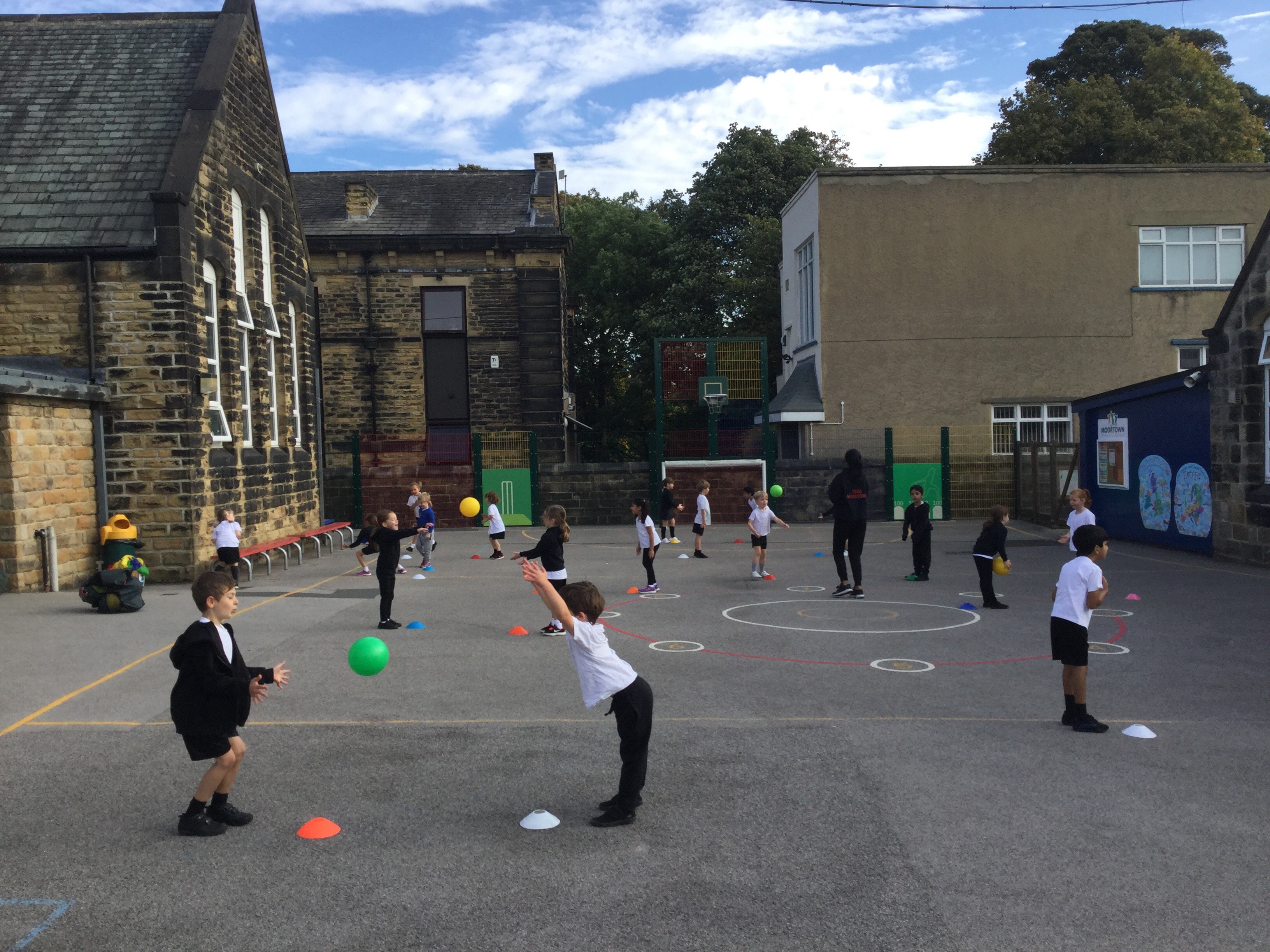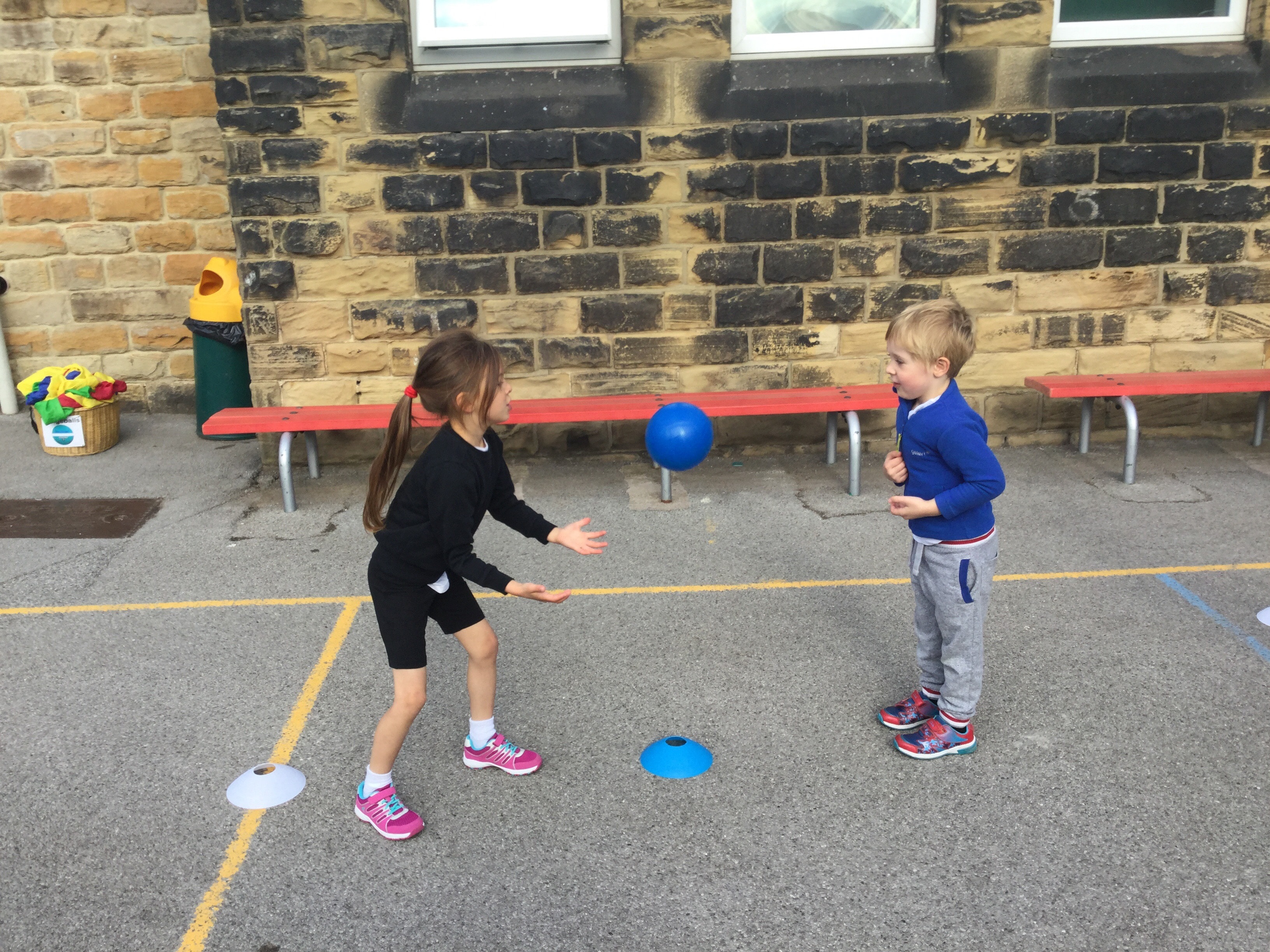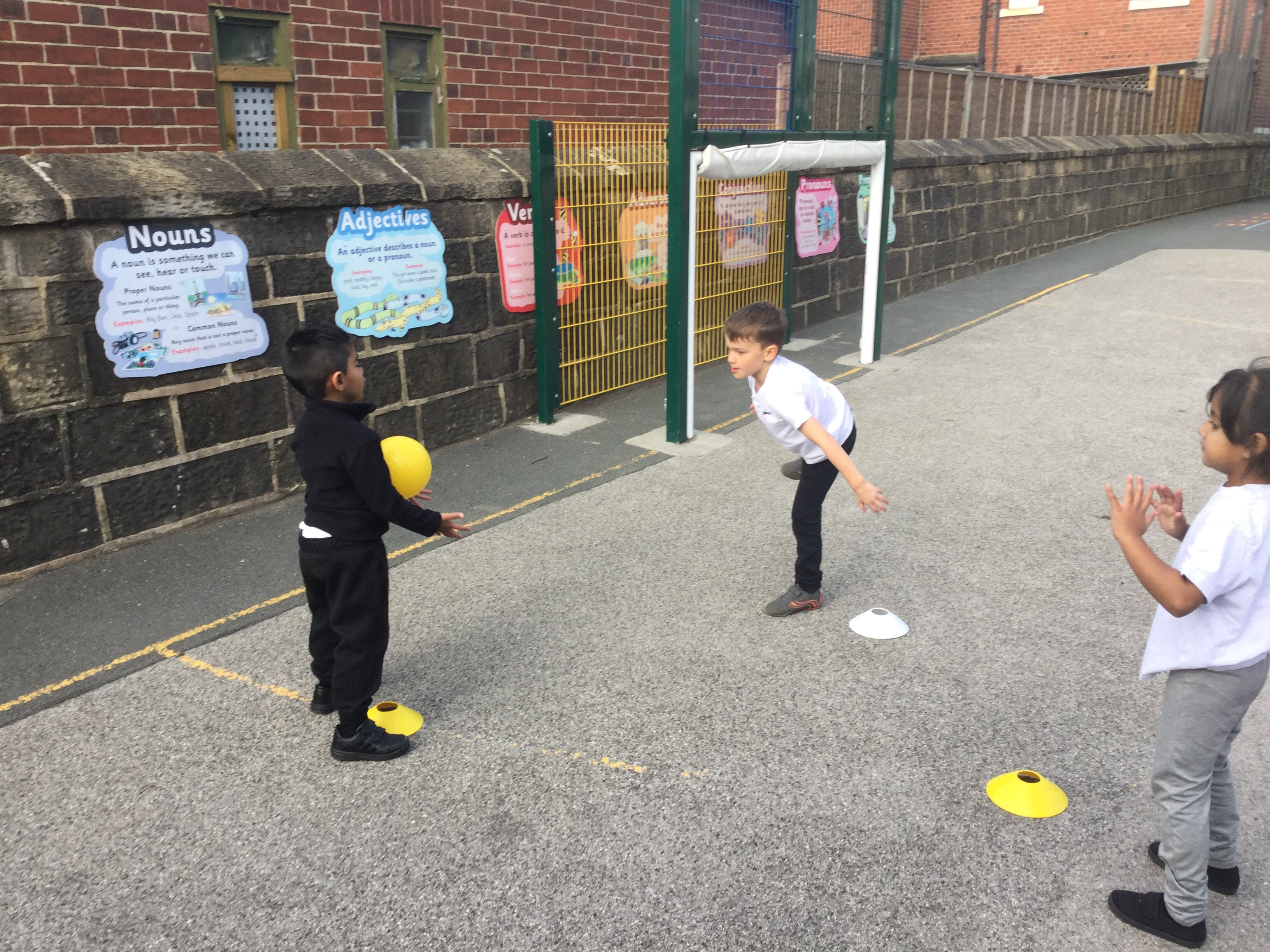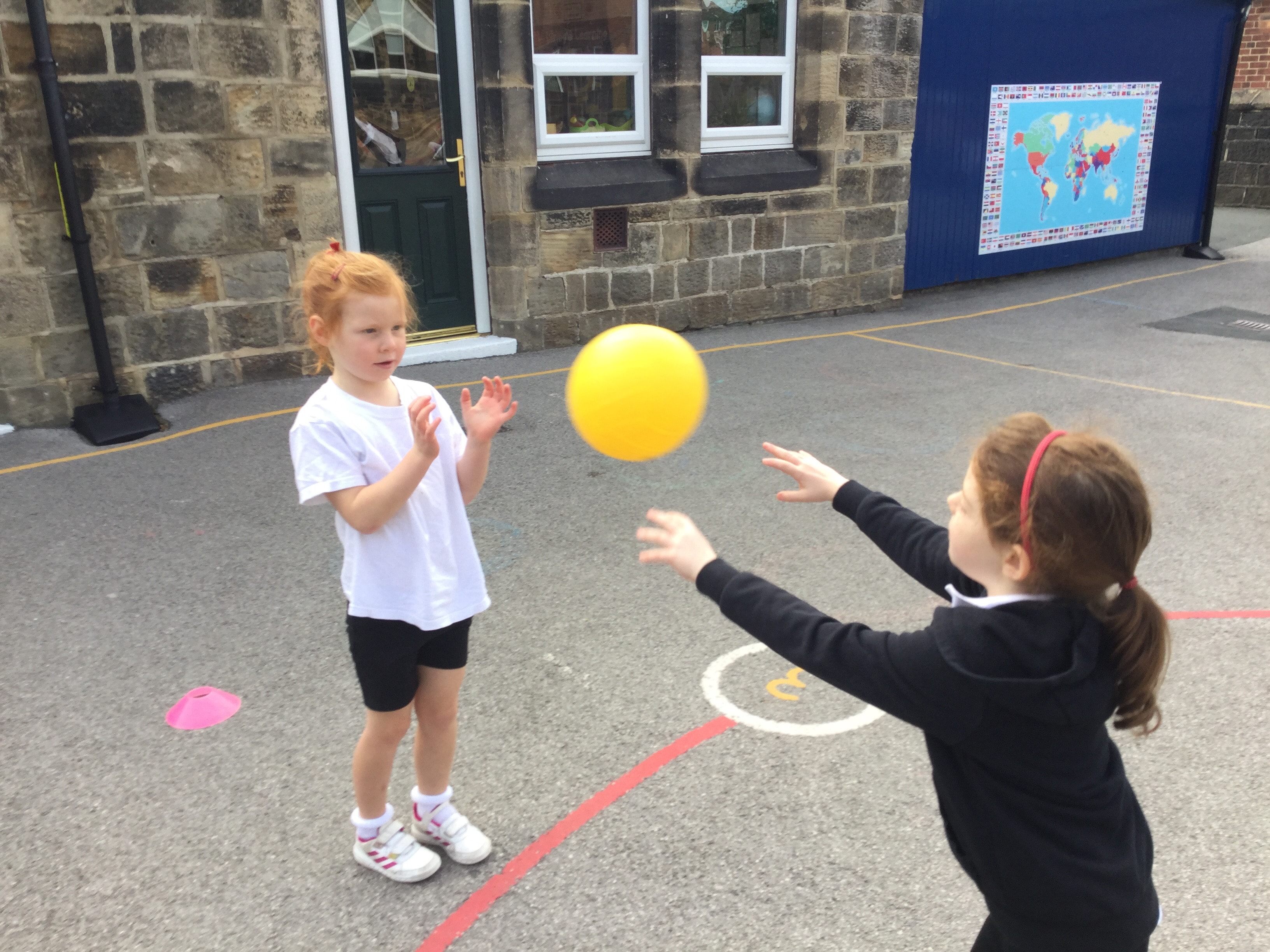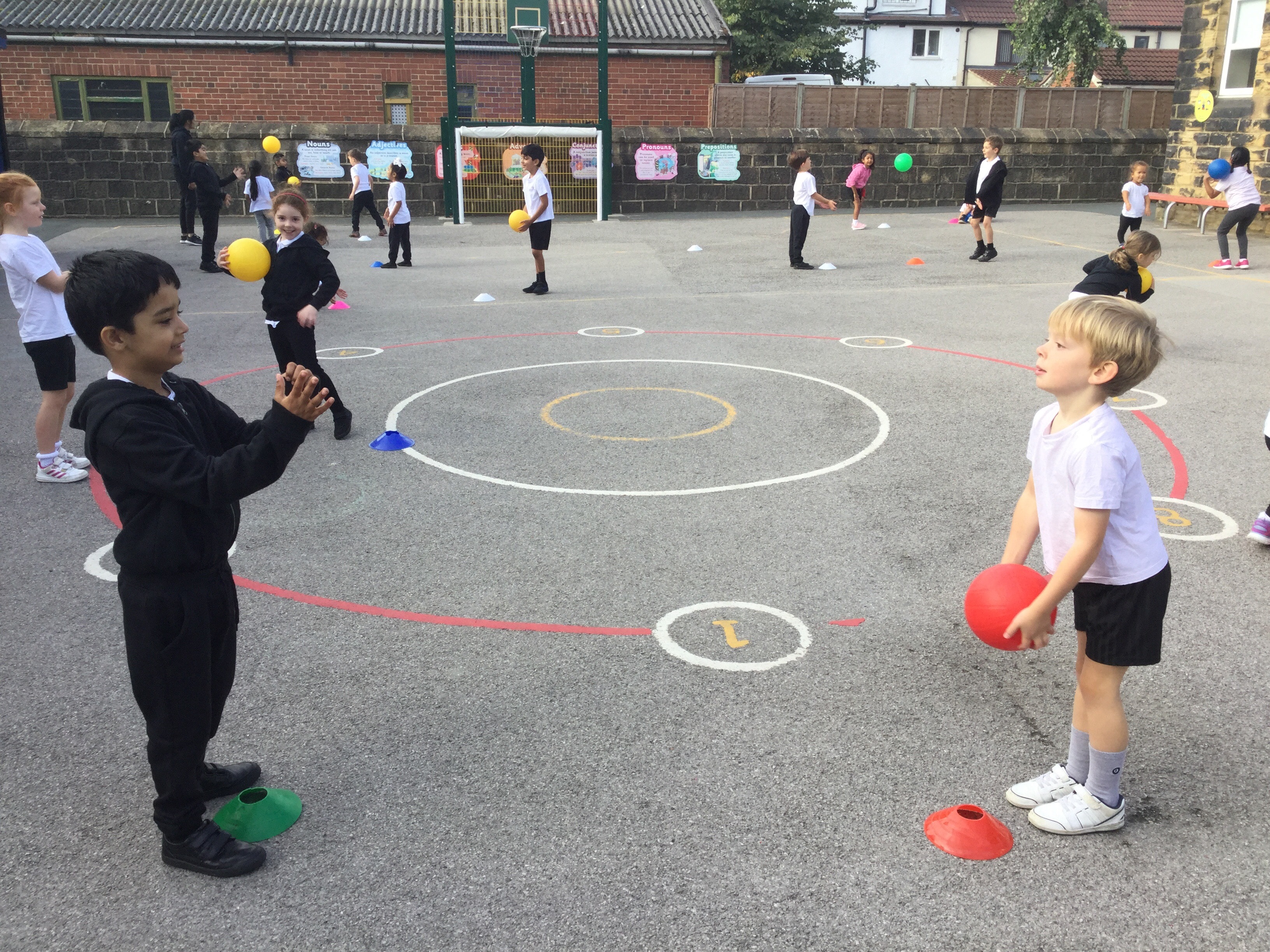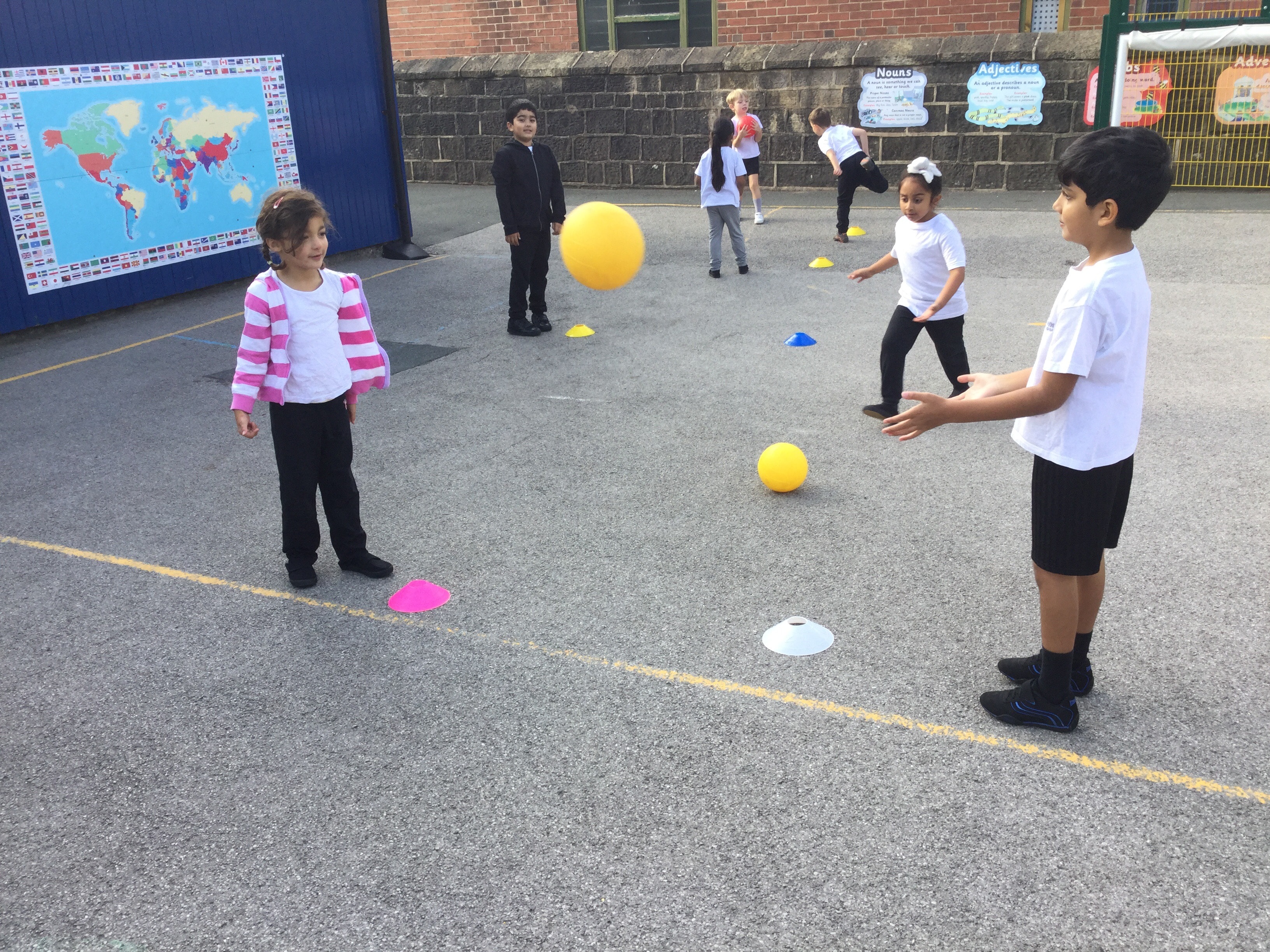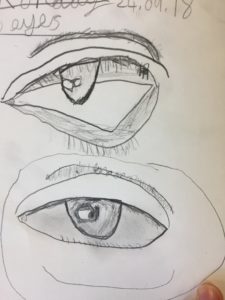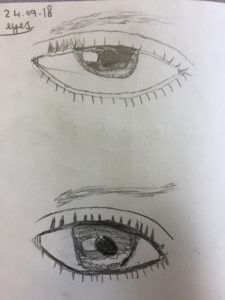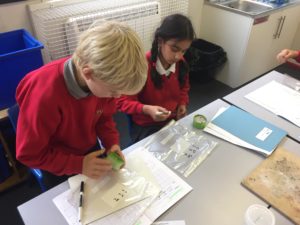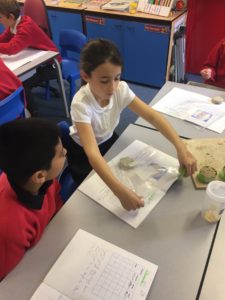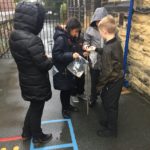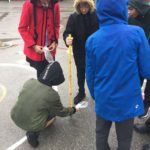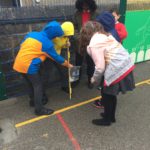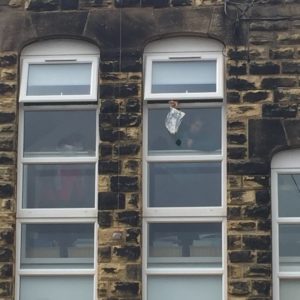We’re ready to travel back in time
We’re excited to start our new history themed topic, Time Travel. In Year 1 and 2, we’ll be focusing this learning on houses and homes in the past to the current day.
First, we considered what we want to find out.
‘I would like to learn about where rich and poor people lived in the Victorian times.’ Eleanor
‘What did people live in back in time?’ Sameeksha
‘I would like to learn about bungalows and other houses.’ Kirtan
‘What did Stone Age houses look like?’ Jack
‘How many houses are there in the United Kingdom?’ (Nice link to our Where in the world? topic, Junior!)
‘How would people afford houses in the past?’ Zain
‘I would like to learn how you make a house.’ Isla
‘I want to learn about how dark the houses were.’ Lily
‘I would like to know how houses were built in the olden times.’ Jake
‘I would like to learn about what beds used to be like.’ Bridget
Where in the world?
This week, we have begun our new history themed topic, Time Travel. Before that we reflected (one of 8Rs for learning) on our geography topic, Where in the world?

‘I learnt there are five oceans in the world.’ Inam
‘Australasia is a continent.’ Noah G
‘I learnt that North America is joined up to South America.’ Gabrielle H
‘I learnt the North Pole and the South Pole are the coldest places.’ Shasmeen
‘I learnt there are four countries in the United Kingdom.’ Soloman
‘I learnt that all countries need a capital letter.’ Olivia
‘I learnt all the oceans and continents in our topic.’ Rizwan
Living and Learning
This week’s 8Rs we’re focusing on are resourcefulness and resilience.
To be resourceful at school, we can make sure we’re bringing anything we need from home (PE kits, reading books, homework); we can make sure everything we need is always in our trays; and we can use the displays and equipment around the classroom to help our learning. Discuss with your child whether there are ways they can be resourceful at home.
All of Year 6 know what it means to be resilient. We discussed when we might need to be resilient and how we might feel at the time. See whether your child can share any of our discussion with you.
We had a bit of fun while thinking about resilience too. Each group was challenged to build the tallest tower they could but, every now and again, someone (definitely not Miss Rushbrooke) came and knocked some of it down. This helped us to experience those feelings we might have at a time we need to be resilient.
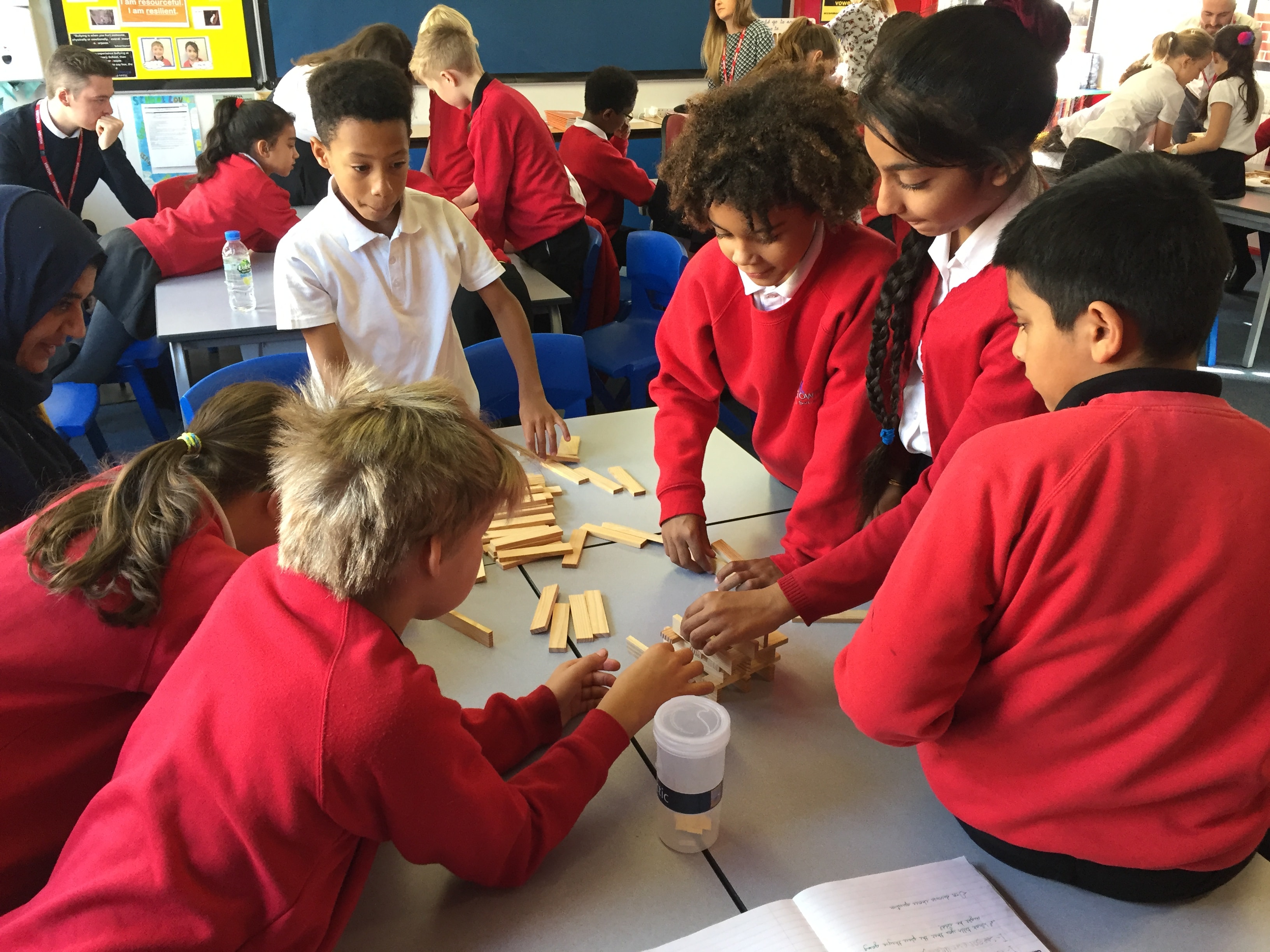



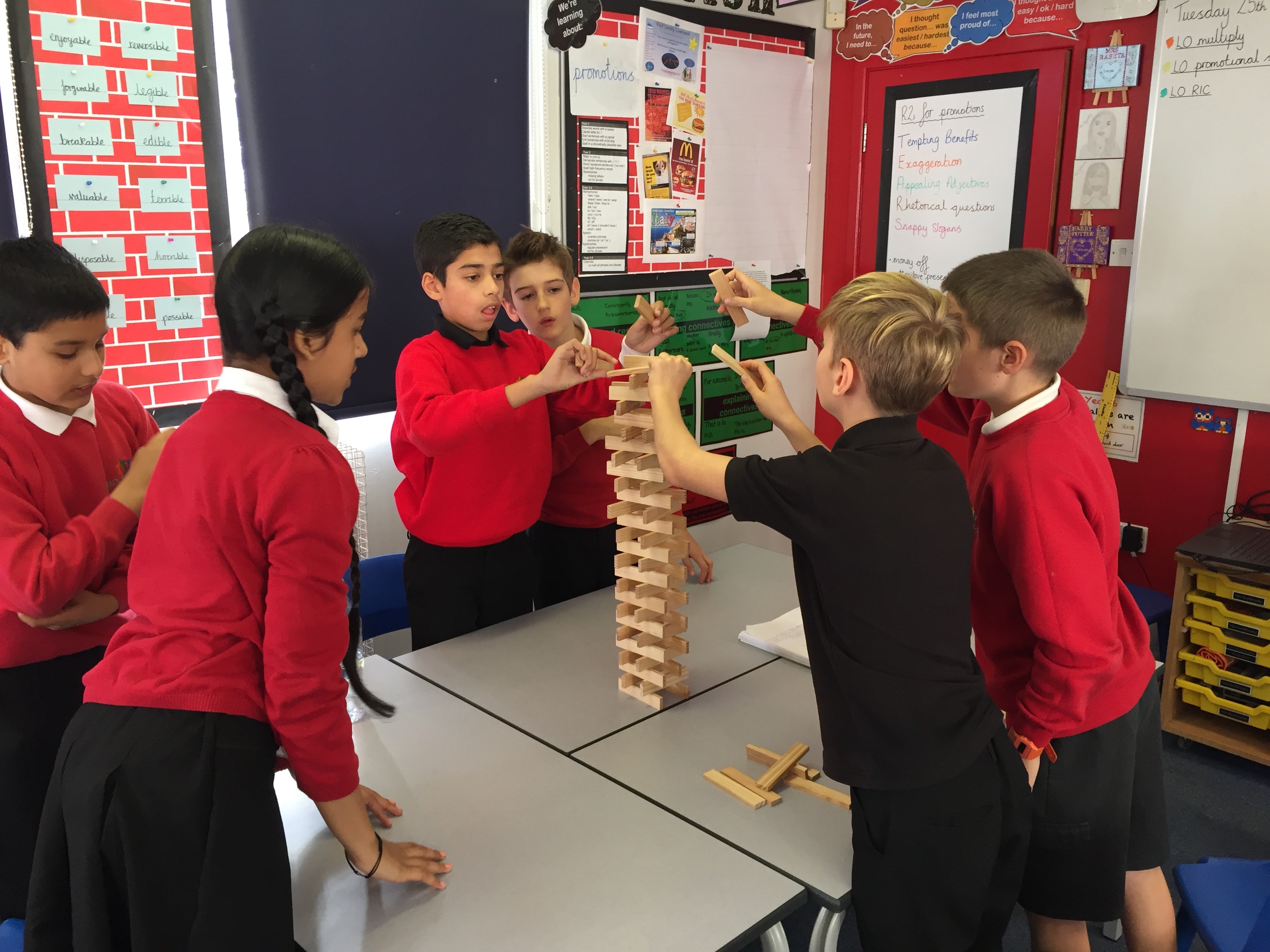
Living and Learning
So far, in our Living and Learning sessions we have talked about the importance of the following 8Rs – being ready, being responsive, taking a safe risk and being responsible.
This week, we are specifically focusing on being resourceful and resilient.
We talked as a class about persevering and how it isn’t just about keeping going. Being resilient can also be about trying a new approach.
The class were set a task where they were challenged to build a tower, one meter tall. Some building blocks were placed on their tables to use. However, there was a trick as none of the children had enough blocks to construct their towers. After a brief conversation, the children had to be resilient and resourceful and search for things in the classroom to use. See the pictures below.
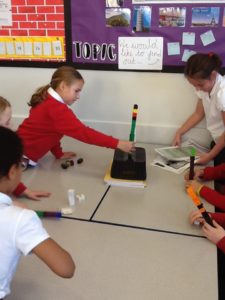
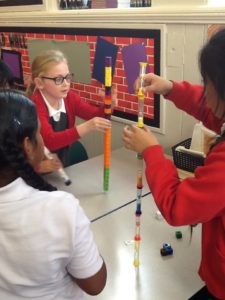
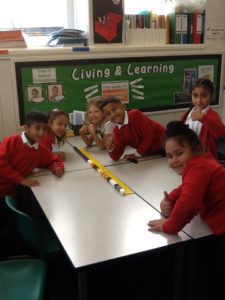

At the beginning the session children said that they didn’t think they were very resilient. However, by the end of the session children said that this had changed and that they understood what being resourceful and resilient meant.
Edris said: “I now feel I can be more resilient!”
Vedant stated: “It was a hard task… balancing the blocks as it kept falling over. So we got the glue sticks to help make it stronger.”
Billy added: “I went to look for some resources to make our tower taller. When I came back Sasha had already used the basket on the table. It was brilliant!”
Well done year 3!
Arty Ideas
We’ve been developing our skills in drawing faces and, today, we focused on our eyes.
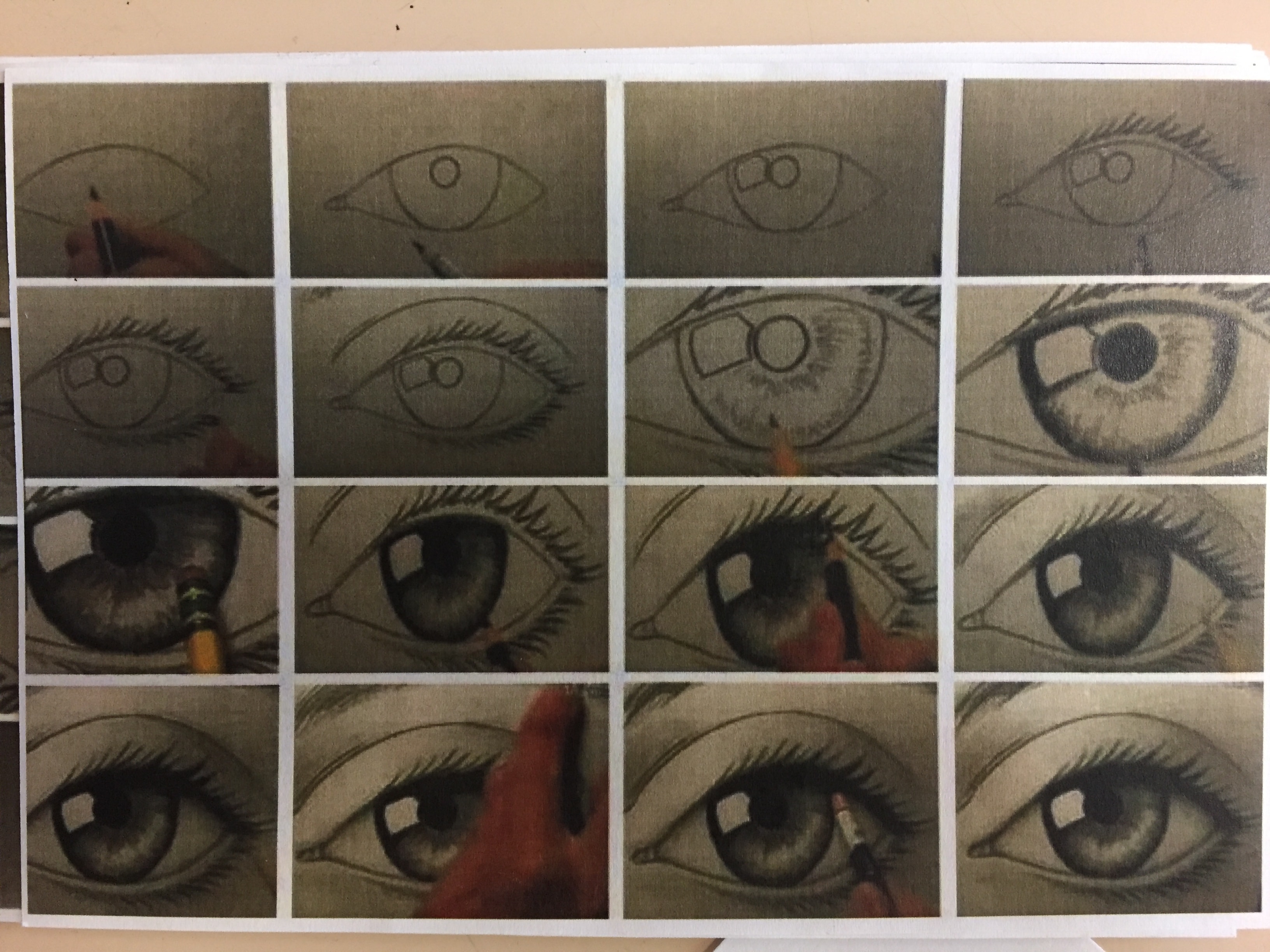
By following some really simple steps, we managed to create some great eye drawings, Why don’y you try it at home too?
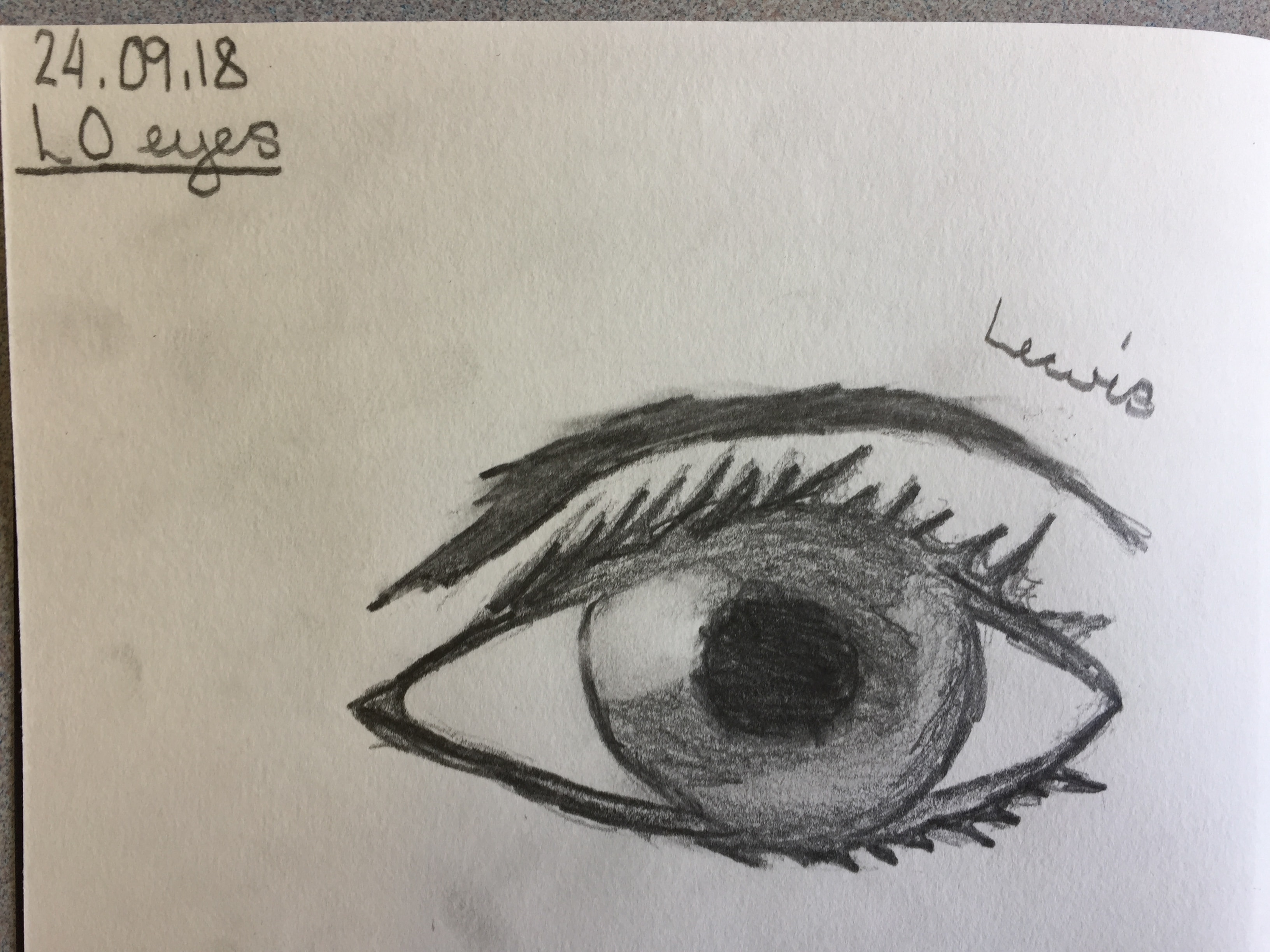
Smashing Science!
When looking at England’s coastline, we talked about how it needed protecting against erosion from the sea. We planned an investigation to test what concrete mixture was the strongest and, today, we tested them.
We placed our samples into bags and labelled them with the ratio of cement:stones:sand used to make it.
We donned our coats and braved the bad weather. We agreed to drop each sample at 10cm intervals and see which broke last and, therefore, was the strongest.
Lots were so strong that they didn’t break even when we were dropping them from 2m! So, we found the highest point we could get to in our school and dropped them from there…
Some still didn’t break. We decided this was a good thing as it means our coastlines are protected by a very strong material.
Homework Review
We tested our Where in the World knowledge during our homework review.
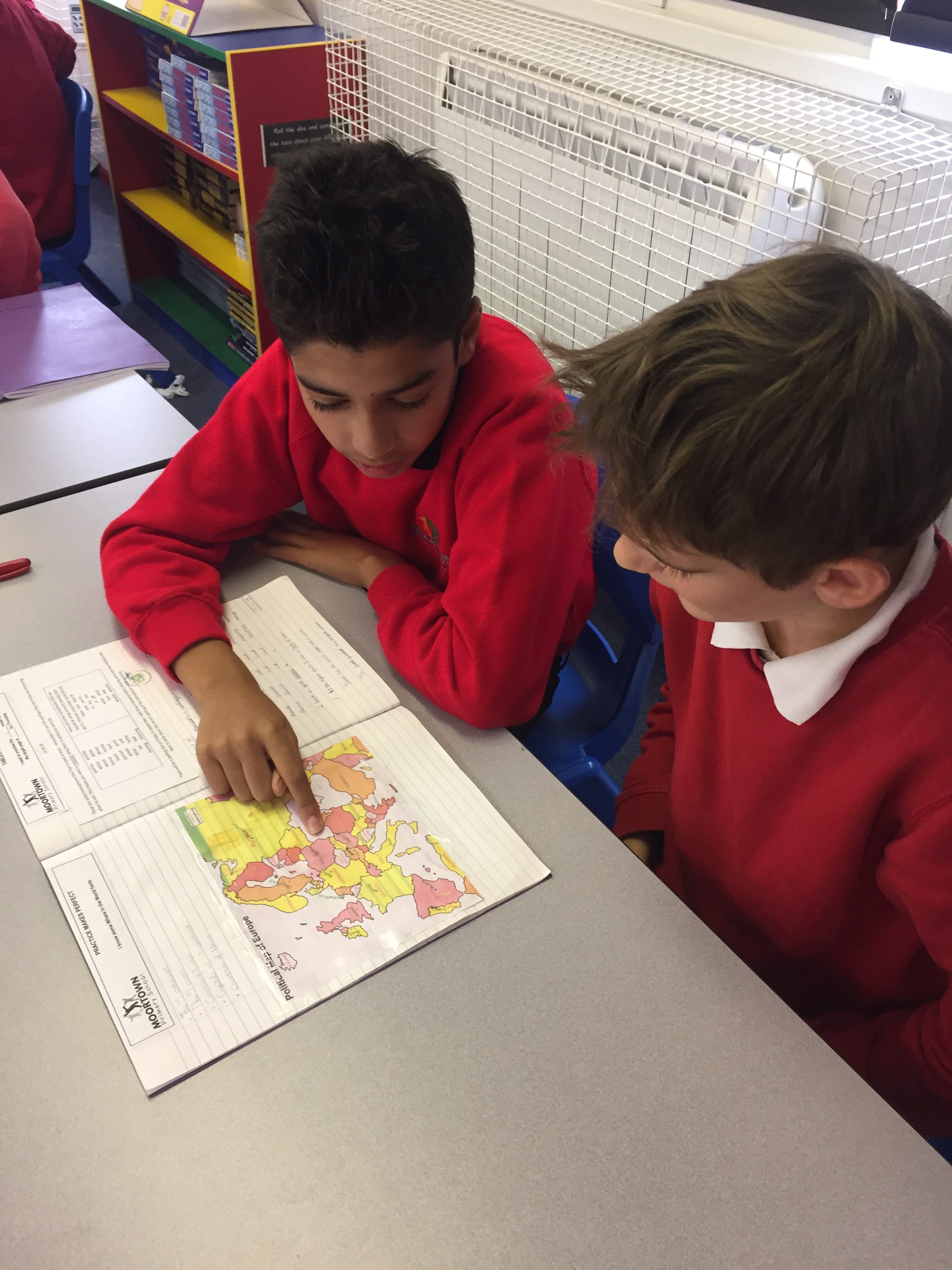
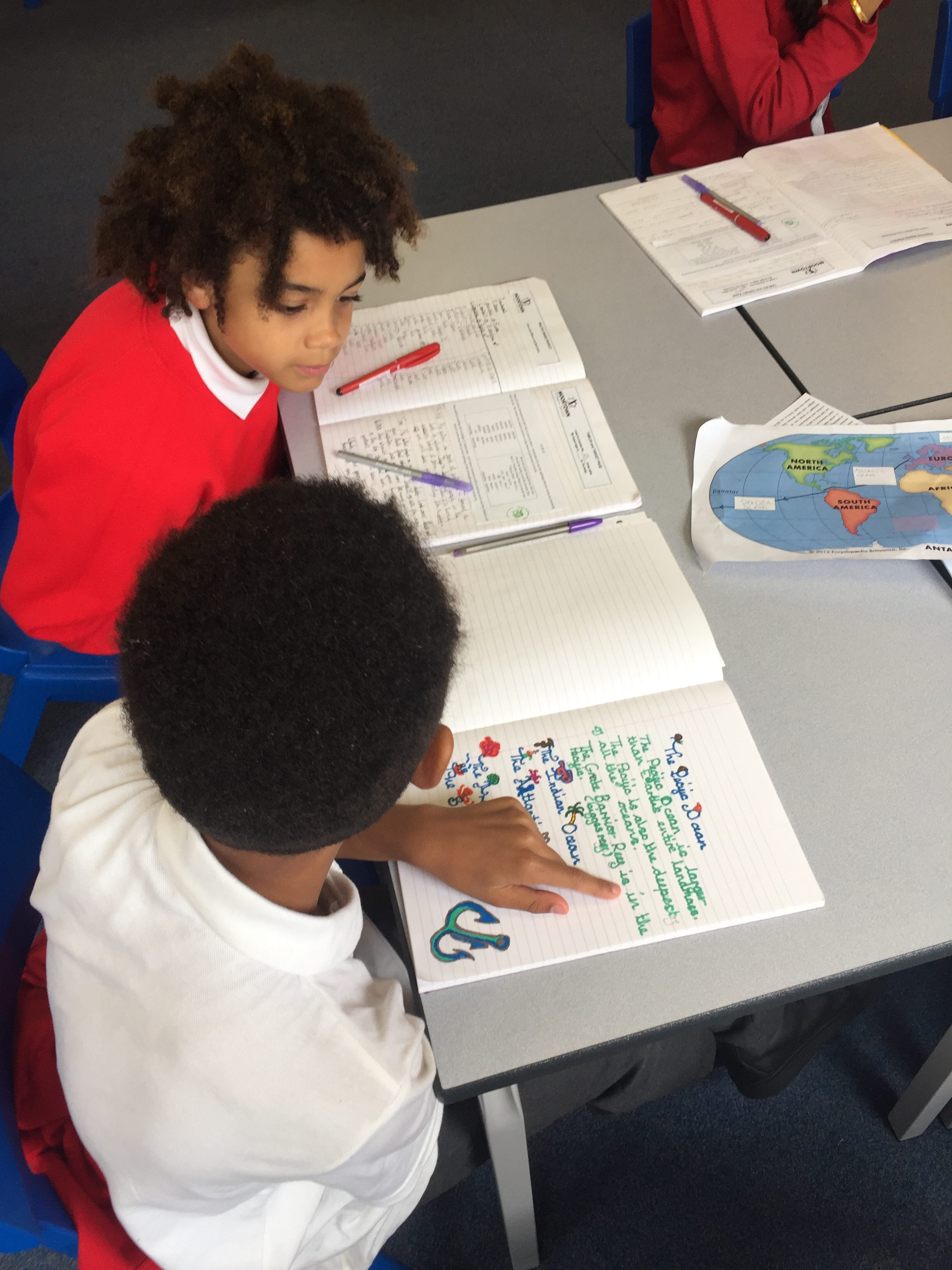
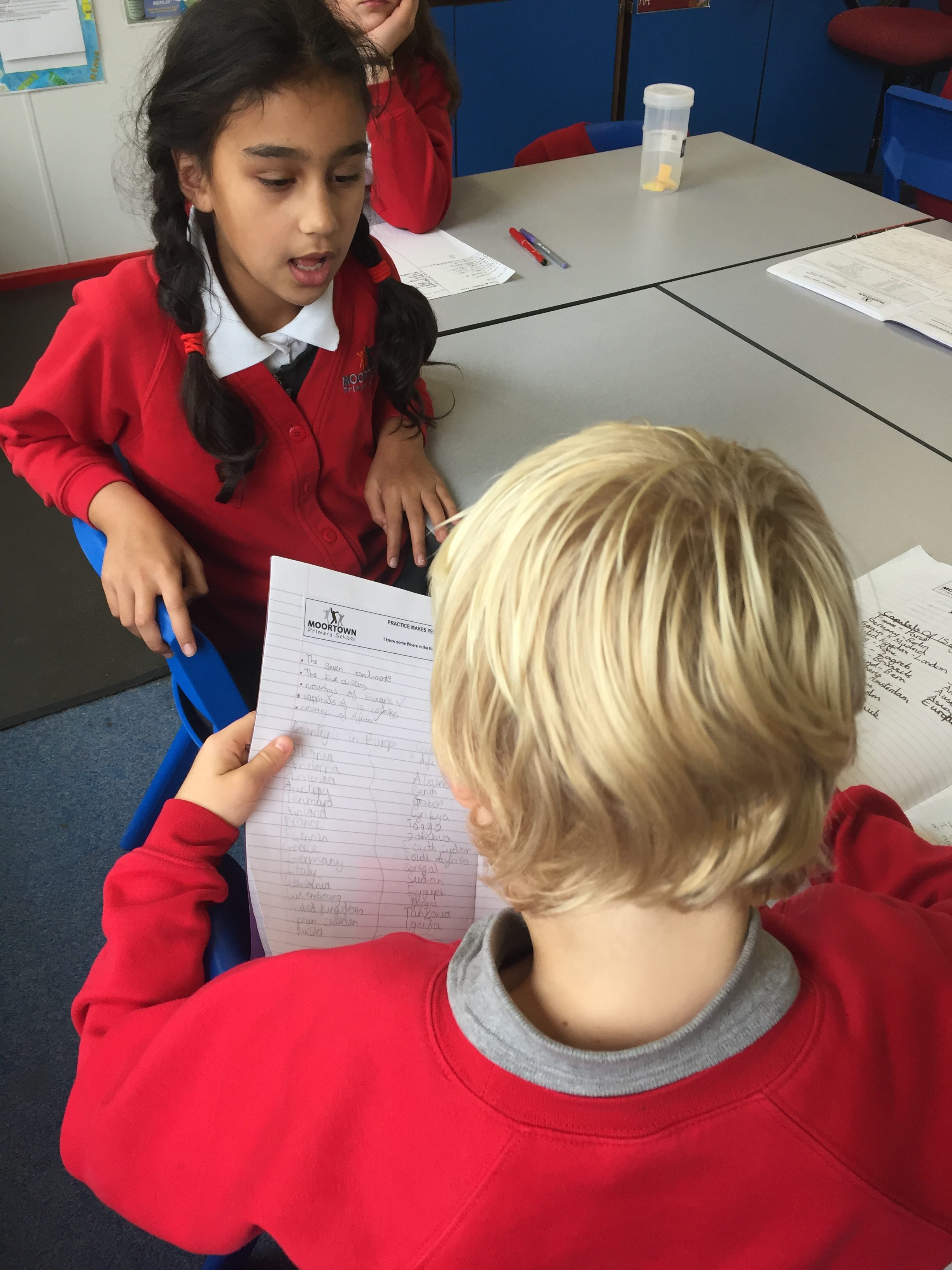
We’d learnt all sorts of facts:
- capitals of countries
- countries of Europe
- countries of Africa
- continents
- oceans
We were particularly impressed with how quickly Albert could name the capitals of the countries he’d chosen and with how many countries of Africa Isaac could name.
Maths
At the start of Year 2, our maths learning has been all about number and place value (understanding the value of a digit depends on its place in the number).
In this lesson, we were being resourceful by comparing numbers using numicon, place value counters and Base 10.



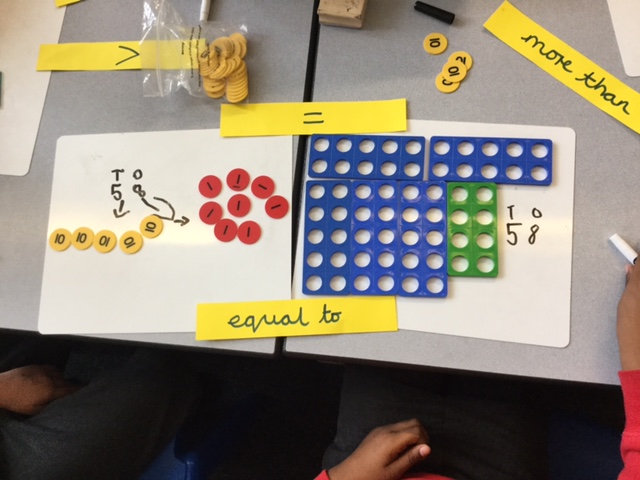

Which sign (< less than, > more than or =) would we use to compare these two numbers?

Living and Learning: Four of the eight Rs for learning
So far, in our Living and Learning sessions, we have thought about the importance of the following 8 Rs – being ready, being responsive, taking a safe risk and being responsible.
As well as discussing these aspects of learning in our specific sessions, we also refer to them at other times to reinforce good learning.
Being ready
As well as being punctual for school at 8:50am, we talked about how to be ready to learn promptly – having your equipment ready, looking at the speaker, having good body language and using a silent voice.
Being responsive
Year 2 are encouraged to respond to feedback in their learning. Using our purple pens, we’ve been improving learning in our books and taking on board any areas for improvement. If the children note some ‘star’ parts of their work, they should be keen to keep doing that.
Being responsible
We’ve been very impressed, after such a short time in Year 2, how the children are taking responsibility by following our new classroom routines, rather than relying on an adult. These might include bringing their library book to school to change on Monday, putting their reading book and signed reading record book in the basket for changing on Mondays and Thursdays, having their PE kit in school on Tuesday and Thursday, taking earrings out for PE on those days, changing the calendar and taking temperature and weather readings. There’s lots of responsibility in Year 2!
Risk-taking
We’ve seen lots of examples of children taking a safe risk in class. This could be putting our hand up even if we’re unsure, having a go at some learning, trying a new meal on our school dinner menu, attempting a word when reading even if we’re not sure and trying a new skill in PE.
Can you remember the next four of the eight Rs for learning?
PE
In PE sessions, we’ve been working hard to improve our ball skills. We’ve been working individually and in pairs to throw, catch and pass a ball. The children are enjoying their PE sessions in Year One and have made great progress already!
